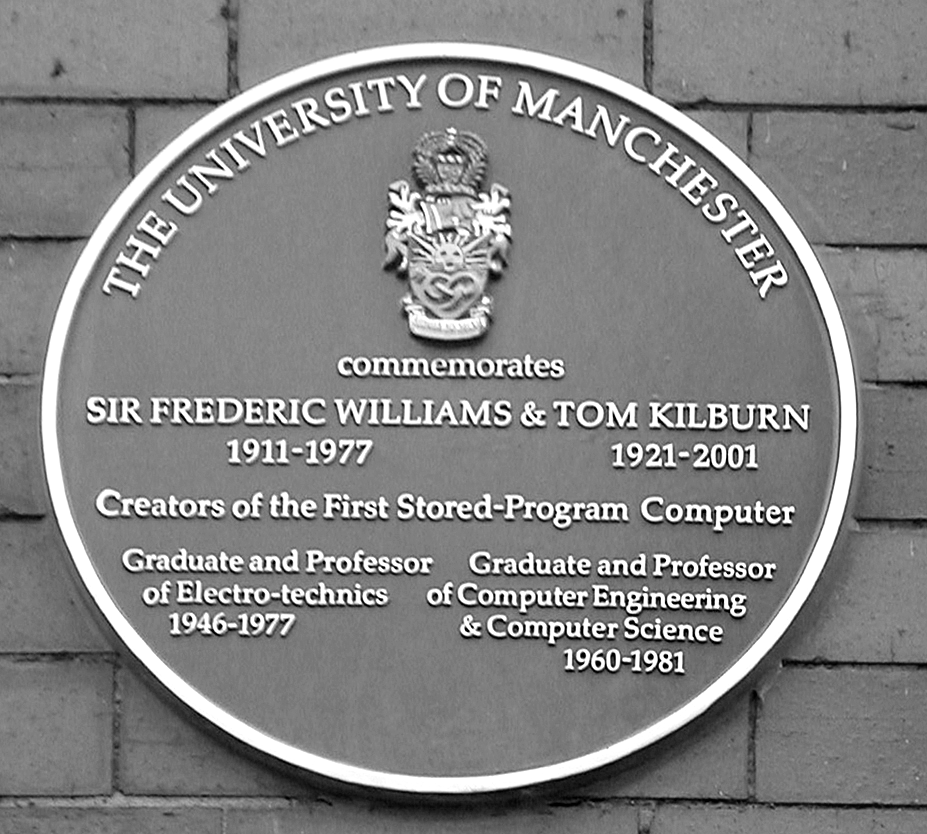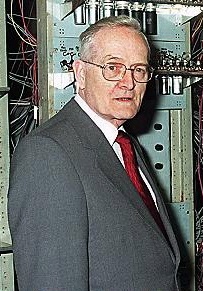
After developing the Colossus computer for code breaking at Bletchley Park during World War II, Max Newman was committed to the development of a computer incorporating both Alan Turing's mathematical concepts and the stored-program concept that had been described by John von Neumann. In 1945, he was appointed to the Fielden Chair of Pure Mathematics at Manchester University; he took his Colossus-project colleagues Jack Good and David Rees to Manchester with him, and there they recruited F. C. Williams to be the "circuit man" for a new computer project for which he had secured funding from the Royal Society.[23]
David Anderson, historian
"Having secured the support of the university, obtained funding from the Royal Society, and assembled a first-rate team of mathematicians and engineers, Newman now had all elements of his computer-building plan in place. Adopting the approach he had used so effectively at Bletchley Park, Newman set his people loose on the detailed work while he concentrated on orchestrating the endeavor."
